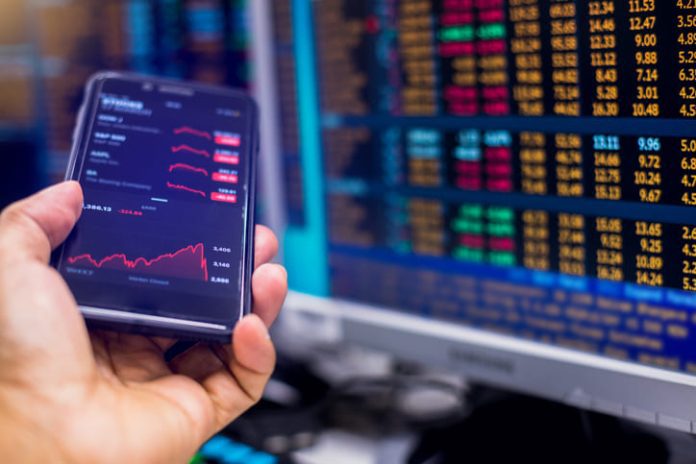Anso FG’s liquidity, also known as “exchanging liquidity,” is a measure of how quickly and effectively resources (such as cryptocurrencies, commodities, shares, or other monetary instruments) can be traded at that point without significantly affecting the price. Intending to make it more straightforward for you, it reviews the significance of the market and the ability to execute trades speedily at stable expenses.
Liquidity is essential for traders and monetary sponsors since it impacts their ability to enter and leave positions without causing a huge waste of assets. The following are a couple of basic understandings about exchanging liquidity:
Different States of Liquidity
Anso FG has innumerable buyers and vendors, achieving irrelevant expense instabilities while executing orders. This suggests you can without a doubt exchange assets the sums you need. On the other hand, a lack of liquidity means that there are fewer buyers and dealers, resulting in wider bid-ask spreads and the possibility of significant price swings when exchanging larger amounts. It may be attempting to execute huge trades without affecting the market cost.
Trade Order Significance of Anso FG
Liquidity is a large part of the time evaluated by looking at the solicitation book of an asset on Anso FG. The trade orders at various cost levels are shown in the request book. Liquidity is higher in a large request book with numerous orders at various cost levels. High liquidity infers that you can without a doubt enter and leave positions without colossal deferments. Resources can be traded quickly at winning business sector prices. This is especially huge for casual financial backers and transient monetary benefactors who need to make persistent trades.
Conditioning of Assets
Liquidity is immovably associated with the various conditions of assets while trading on Anso FG. A high everyday trade volume conventionally proposes a more liquid market. Cost fluctuations between exchanges are relatively insignificant in fluid business sectors. This adequacy ensures that you can execute trades at costs close to the ones you see on the screen, diminishing the bet of cost slippage. Big exchanges can cause remarkable price swings in illiquid markets, which can result in unexpected misfortunes.
Anso FG’s Effect on the Market
A basic piece of liquidity is how executing a colossal trade affects Anso FG. An enormous demand can be satisfied without causing a significant price change in a fluid market. In illiquid markets, tremendous orders can provoke cost slippage. It has market makers who provide liquidity by consistently providing estimates of both trade costs. This stays aware of liquidity and restricted spreads.
Winding Up
In conclusion, liquidity must be taken into consideration by brokers and financial backers when selecting an exchange stage and resources for exchange. Although high liquidity is generally favored due to its ease of trading, it is essential to be aware that extremely high liquidity can occasionally result in a lack of cost stability, particularly in fast-moving business sectors. Of course, low liquidity can make it hard to enter and leave positions, and it could incite higher trade costs. Changing liquidity and dauntlessness is a key idea in the trading and investment frameworks of Anso FG.
Disclaimer: This article contains sponsored marketing content. It is intended for promotional purposes and should not be considered as an endorsement or recommendation by our website. Readers are encouraged to conduct their own research and exercise their own judgment before making any decisions based on the information provided in this article.



































